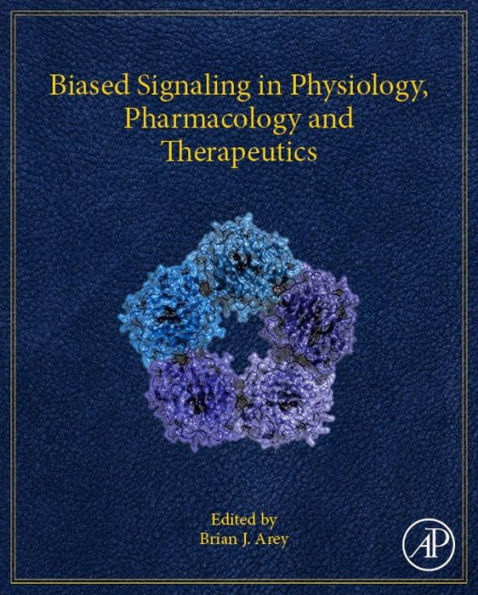Written for both new and established scientists in pharmacology, cell biology, biochemistry, and signal transduction, as well as physicians, this book clearly illustrates how biased receptor signaling can be utilized to develop and understand complex pharmacology. Chapters are each focused on a specific class of receptor or other important topic and make use of real-world examples illustrating how the latest research in signal transduction has led to a better understanding of pharmacology and cell biology. This structure creates a basis for understanding that physiological signalling bias has been selected by nature in order to provide complex and tissue- specific biological responses in the face of limited receptors and signaling pathways. This book provides a framework to reveal that these physiological mechanisms are not restricted to one receptor type or family and thus presents receptor signaling from a newer, more global perspective.
Written for both new and established scientists in pharmacology, cell biology, biochemistry, and signal transduction, as well as physicians, this book clearly illustrates how biased receptor signaling can be utilized to develop and understand complex pharmacology. Chapters are each focused on a specific class of receptor or other important topic and make use of real-world examples illustrating how the latest research in signal transduction has led to a better understanding of pharmacology and cell biology. This structure creates a basis for understanding that physiological signalling bias has been selected by nature in order to provide complex and tissue- specific biological responses in the face of limited receptors and signaling pathways. This book provides a framework to reveal that these physiological mechanisms are not restricted to one receptor type or family and thus presents receptor signaling from a newer, more global perspective.

Biased Signaling in Physiology, Pharmacology and Therapeutics
316
Biased Signaling in Physiology, Pharmacology and Therapeutics
316
Product Details
| ISBN-13: | 9780124114609 |
|---|---|
| Publisher: | Elsevier Science |
| Publication date: | 06/17/2014 |
| Pages: | 316 |
| Product dimensions: | 7.70(w) x 9.30(h) x 0.80(d) |
